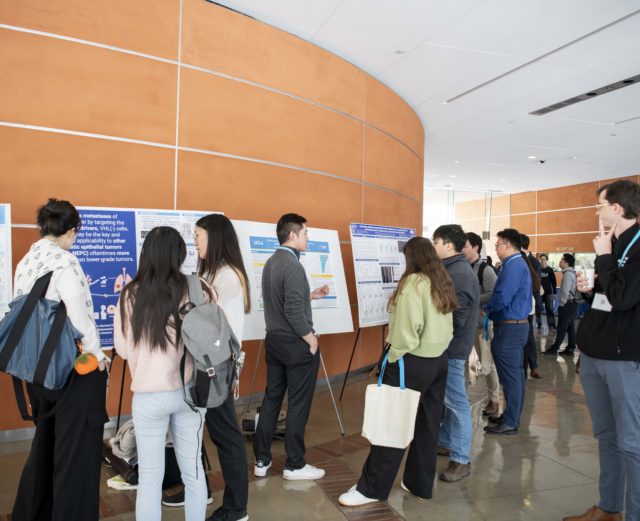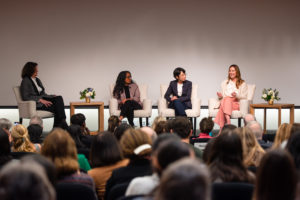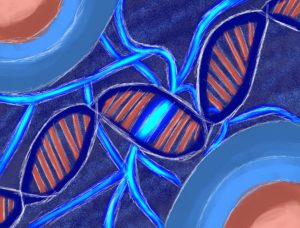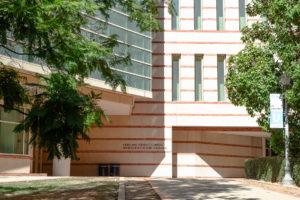Over 200 researchers and students attended a two-day symposium to discuss new advancements in single-cell analysis and spatial biology at the California NanoSystems Institute at UCLA on April 16 and 17.
The first day of the Cell-Cell Symposium consisted of faculty speakers sharing new research in cell-to-cell communication, poster presentations and panelist discussions. The second day included a workshop on specific nanotechnologies for studying interactions between cells.
Dino Di Carlo, UCLA’s chair of bioengineering, said researchers at UCLA, University of Southern California and California Institute of Technology wanted to showcase research on collaborative cell engineering projects and share the new tools they were working on to study cell-to-cell communication.
Di Carlo added that symposiums are important for fostering collaboration between individuals who are oftentimes only exposed to limited areas and to find new project ideas beyond their current areas of expertise.
The symposium aimed to shed light on scientific approaches bridging the current gaps between the technologies of single-cell analysis and spatial biology, Di Carlo said in his opening remarks. Single-cell biologists study isolated cell behavior, while spatial biologists study how cells interact with each other to form larger structures such as tissues, he added.
“People care deeply about how cells talk to one another,” Di Carlo said in the symposium’s opening speech. “Cell-cell communication is fundamental to biology. It drives the choreography of embryonic development, it fine-tunes immune responses, and it even shapes the behavior of cancer within the tumor microenvironment.”
Di Carlo, one of the symposium’s organizers, said the event was originally intended to be a small workshop of 20 to 30 people but quickly gained over 200 registrants.
Andrew Ramirez, a bioengineering doctoral student who presented their research at the symposium, said attending symposiums can be helpful to students hoping to enter the scientific field.
“It’s really good at any point, especially in the beginning, to learn what the field is, what are the kind of the current challenges once you’re first in the field,” Ramirez added. “As you progress, it’s definitely really important because you want to be able to share your work.”
Ramirez added that symposiums such as Cell-Cell play a significant role in advancing communication between scientific fields. People in adjacent fields may have new ideas that have not yet been considered, he said.
“With every single project, you have your very specific niche – people that you work with that really know the most about your project,” Ramirez said. “But you want to be able to communicate across other fields to show the importance of it.”
Ryan Shih, a medical student and a microbiology, immunology and molecular genetics doctoral student, said symposiums are valuable for obtaining more information and knowledge about important fields that may not be available through typical online sources.
He added that these events allow the public to learn about certain scientific topics.
“These are the spaces where I leave feeling reinvigorated, less jaded, very excited for the science that can happen,” Shih said.
Di Carlo said he hopes to expand future Cell-Cell Symposium events by bringing attention to a greater set of experimental and computational approaches and extending the event beyond local institutions in Los Angeles.
“Collaborative projects are really where we make the most advances because there’s so much that needs to be known and so much expertise and not one person or one group can really understand all of that.”






Comments are closed.